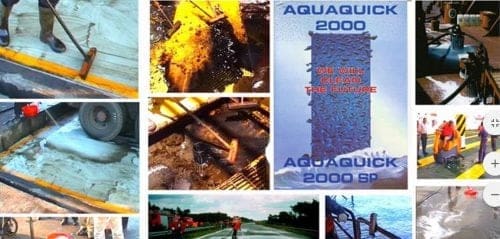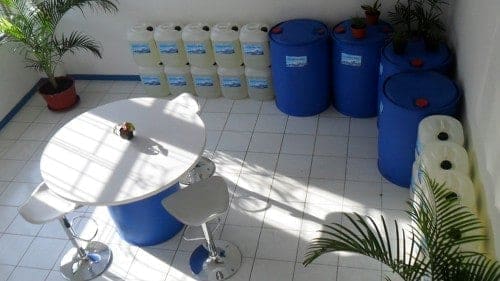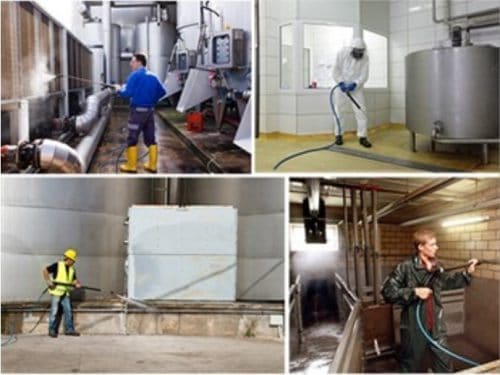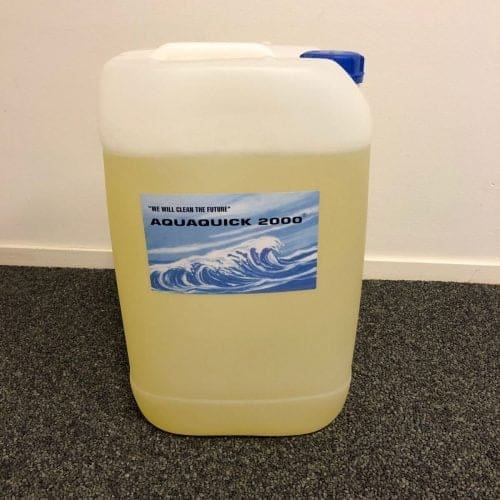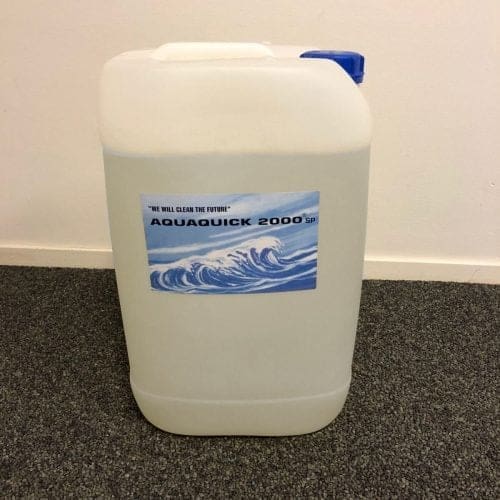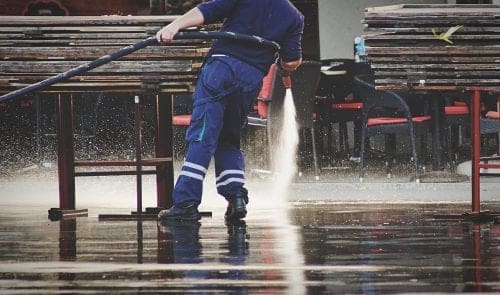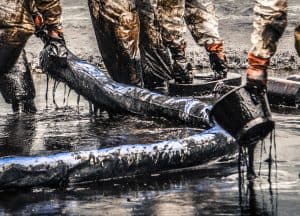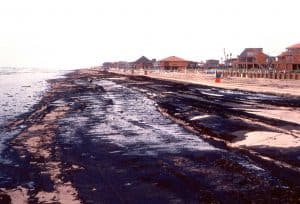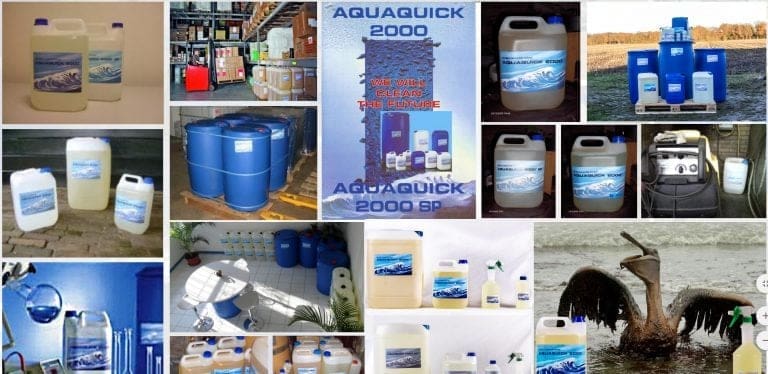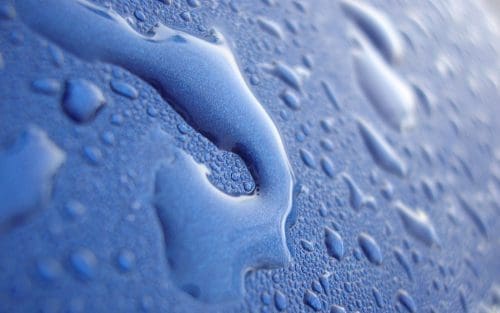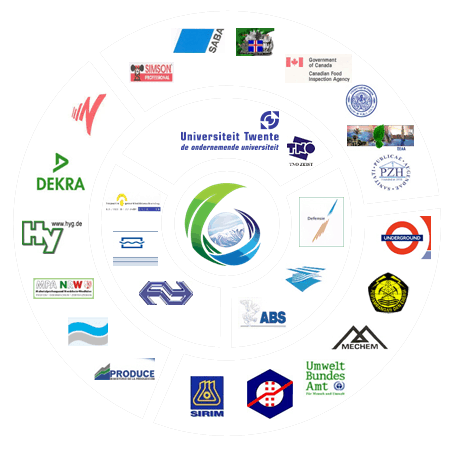Storage tanks across industries — from oil & gas to manufacturing — are vulnerable to one common problem: sludge buildup. In this tank cleaning demonstration, AQUAQUICK 2000 was used in both manual and pressure-assisted cleaning methods to remove thick hydrocarbon sludge and oily residue safely and effectively. The results reaffirm why this product is one of the most reliable pembersihan tangki agents in the industry today.
🎥 Watch the tank cleaning demo here
The Sludge Scenario: Caked Layers and Stubborn Films
The tank shown in this demonstration featured sludge buildup along the floor and lower walls, with sticky oil films coating the rest of the internal surfaces. These conditions are common in fuel tanks, lube oil tanks, and certain food-processing storage units. The challenge was to remove this material completely while preserving the tank’s protective coating and avoiding toxic chemical use.
Dual Cleaning Approach: Manual and Jet-Assisted
To showcase AQUAQUICK 2000’s versatility, this demo employed both manual cleaning tools and pressure rinsing equipment. Here’s how the cleaning process unfolded:
1. Dilution and Pre-Treatment
- A 1:15 solution of AQUAQUICK 2000 was applied directly to all contaminated surfaces.
- For thick sludge patches, concentrated product was gently brushed in to accelerate breakdown.
- The product was allowed to sit for 20 minutes to penetrate and loosen the sludge.
2. Pressure Rinse and Extraction
- A high-pressure washer (3000 PSI) was used to dislodge the emulsified material.
- AQUAQUICK 2000 prevented re-adhesion of the sludge and allowed it to flow out easily with rinse water.
- Sludge was collected and separated for safe disposal.
3. Manual Finishing
- A worker entered the tank with PPE through the manhole to brush remaining corners.
- No toxic fumes or eye irritation occurred during the manual process, thanks to AQUAQUICK’s non-toxic formula.
Key Features Observed in the Demo
- Instant stain lifting: AQUAQUICK 2000 softened sludge that had hardened on tank surfaces.
- No damage to coatings: Even aggressive brushing with the cleaner showed zero corrosion or peeling.
- User-friendly: No gloves or masks required for open-air application (though recommended inside tanks).
- Grease trap compatibility: Rinsate was easily captured and treated via standard oil/water separation systems.
A Sludge Removal Strategy That Works
This demonstration highlights how tank cleaning for sludge removal doesn’t require dangerous chemicals or damaging techniques. AQUAQUICK 2000 provides:
- Safer working conditions
- Faster turnaround times
- Full compatibility with pressure cleaning systems
- Outstanding sludge breakdown even without heat (although heat still improves results)
Expert Advice for Field Teams
- Gunakan as hot a rinse as possible — heat improves speed and effectiveness.
- Let the product soak deeply into sludge layers before pressure cleaning.
- For extremely compact sludge, apply undiluted AQUAQUICK directly before brushing or scraping.
- Avoid high dilution ratios like 1:50 — these reduce emulsifying strength significantly.
Final Verdict: AQUAQUICK 2000 as a Total Tank Cleaning Agent
This real-world demo shows that even with limited equipment, AQUAQUICK 2000 delivers a high-performance cleaning outcome. It supports both automated and manual cleaning workflows, making it suitable for facilities of all sizes and budgets.
If you’re looking for a sludge removal solution that protects your tanks, your workers, and the environment — AQUAQUICK 2000 is the product you’ve been looking for.

